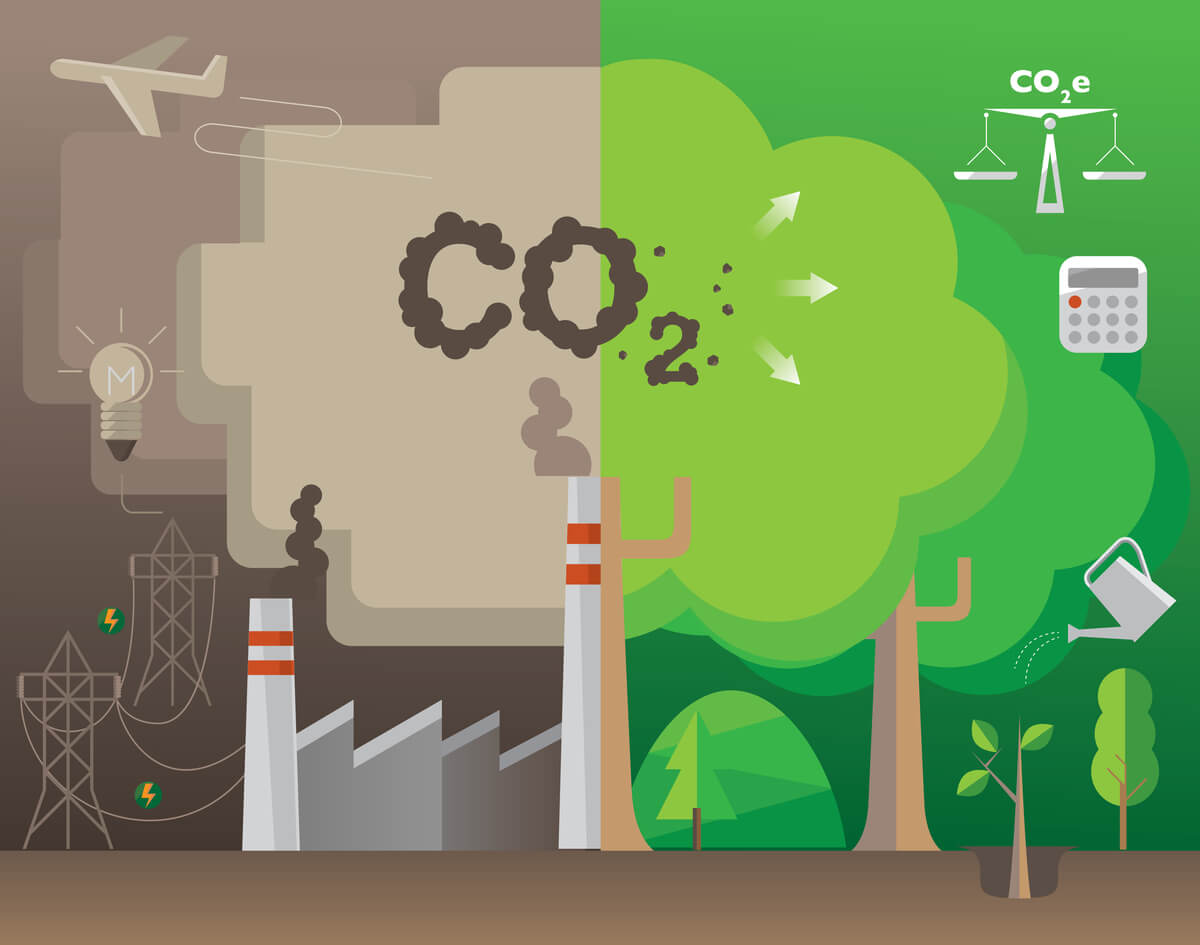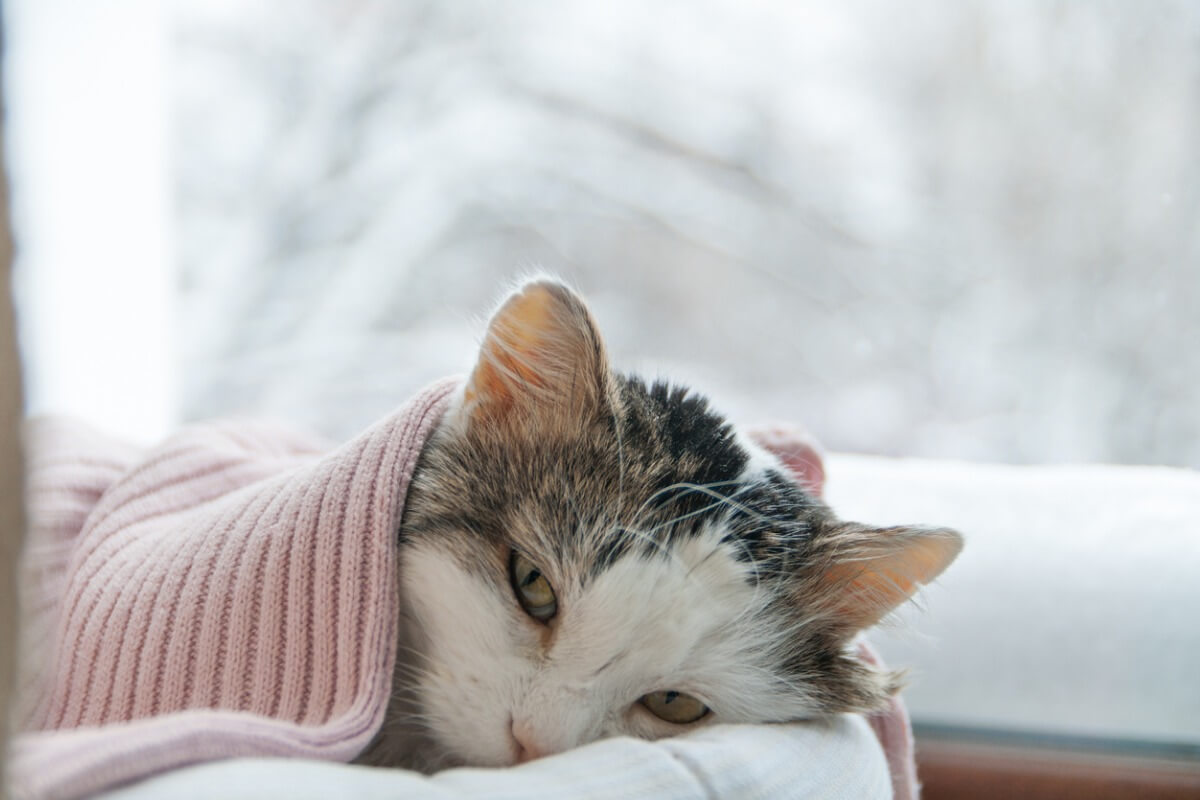Effect of Environmental Pollutants on the Health of Domestic Cats


Written and verified by the biologist Cesar Paul Gonzalez Gonzalez
Currently, one of the most serious problems in cities is environmental pollution. This situation doesn’t only affect the physical aspect of the environment, but also has a negative impact on the health of both people and animals. In fact, a recent study has shown that increased environmental pollutants cause chronic oxidative stress in cats.
The indiscriminate release of various chemicals or wastes (both industrial and household) can cause serious problems in pets. This means that living in areas with large amounts of environmental pollutants could reduce their quality of life, especially for common animals such as cats. Continue reading to find out what effect environmental pollution has on domestic cats.
What is environmental pollution?
Formally, environmental pollution is defined as the presence of various toxic substances or elements in the environment. In most cases, these pollutants are normally present in nature, but in such minimal quantities that they don’t represent a health hazard. However, several human activities cause them to accumulate and become harmful.
Both human activities and natural phenomena emit different toxic substances into the environment. Such environmental pollutants can be dispersed through air, water, or soil. Because of this, it’s easy to come into contact with them when performing actions as simple as breathing or drinking water. Among the most well-known environmental pollutants are the following:
- Carbon monoxide
- Sulfur dioxide
- Nitrogen oxides
- Hydrocarbons
- Lead
- Halogenated organic compounds (organohalogenated)
- Benzene
- Vinyl chloride
- Cadmium

How does environmental pollution affect cat health?
As with humans, environmental pollutants interfere with a cat’s normal metabolism. Consequently, biological processes such as hormone synthesis, oxygenation, neuronal function, respiration, and cell division are affected at different levels.
For example, one of the most toxic and abundant compounds in nature are organohalogens, which are frequently used in different industries. These environmental pollutants interfere with the nervous system and the endocrine system. They can cause different problems such as neuronal death, behavioral alterations, hormonal dysregulation, and reproductive problems.
Of course, most of the research that identifies the damage caused by environmental pollution focuses on human health. Because of this, there are few studies that analyze the effect in pets, although it should be just as important when sharing the same environment as their guardians.
Focus on pets
Fortunately, there’s currently a growing interest in several specialists to study the effect of environmental pollutants in both dogs and cats. Thus, in October 2022, one of the first articles detecting health problems caused by organohalogen compounds in domestic felines will be published.
This study shows that exposure to pollutants, such as organohalogen compounds, created a decrease in thyroid hormone production. However, the mechanism by which this was caused was more complex than expected, as it created a chronic condition of oxidative stress.
Oxidative stress is known as an excess of oxidative free radicals that damage the metabolism. Therefore, not only the production of the thyroid hormone was affected, but also different metabolic pathways, such as the synthesis of amino acids, which could cause problems.
It should be noted that simply a change in production of the thyroid hormone can cause heart disease, obesity, neurological problems, and infertility in the feline. So, the consequences of exposing cats to environmental pollutants can become serious and even lethal.

The dangers of environmental pollution for pet health
As you can guess, it’s necessary to pay urgent attention to the effects of environmental pollution on pet health. Different chronic and dangerous diseases, such as diabetes, have become more frequent nowadays. Although there aren’t many studies to corroborate this, it’s likely that this is due to the excess of environmental pollutants that cats are exposed to.
In the end, pollution doesn’t only threaten human life – all animals are exposed to its consequences. This is another compelling reason to demand policies that reduce the production of pollutants on a global level. However, this solution doesn’t seem likely to work in the short term, so it’s likely that we’ll need to look for an alternative to protect our health and that of our pets.
All cited sources were thoroughly reviewed by our team to ensure their quality, reliability, currency, and validity. The bibliography of this article was considered reliable and of academic or scientific accuracy.
- Dirtu, A. C., Niessen, S. J., Jorens, P. G., & Covaci, A. (2013). Organohalogenated contaminants in domestic cats’ plasma in relation to spontaneous acromegaly and type 2 diabetes mellitus: a clue for endocrine disruption in humans?. Environment International, 57, 60-67.
- Nomiyama, K., Yamamoto, Y., Eguchi, A., Nishikawa, H., Mizukawa, H., Yokoyama, N., … & Ishizuka, M. (2022). Health impact assessment of pet cats caused by organohalogen contaminants by serum metabolomics and thyroid hormone analysis. Science of The Total Environment, 156490.
- Prahl, A., Guptill, L., Glickman, N. W., Tetrick, M., & Glickman, L. T. (2007). Time trends and risk factors for diabetes mellitus in cats presented to veterinary teaching hospitals. Journal of feline medicine and surgery, 9(5), 351-358.
- Araujo, G. (2010). Contaminación ambiental y sus efectos en la salud. Instituto Nacional de Salud Pública, 6.
This text is provided for informational purposes only and does not replace consultation with a professional. If in doubt, consult your specialist.